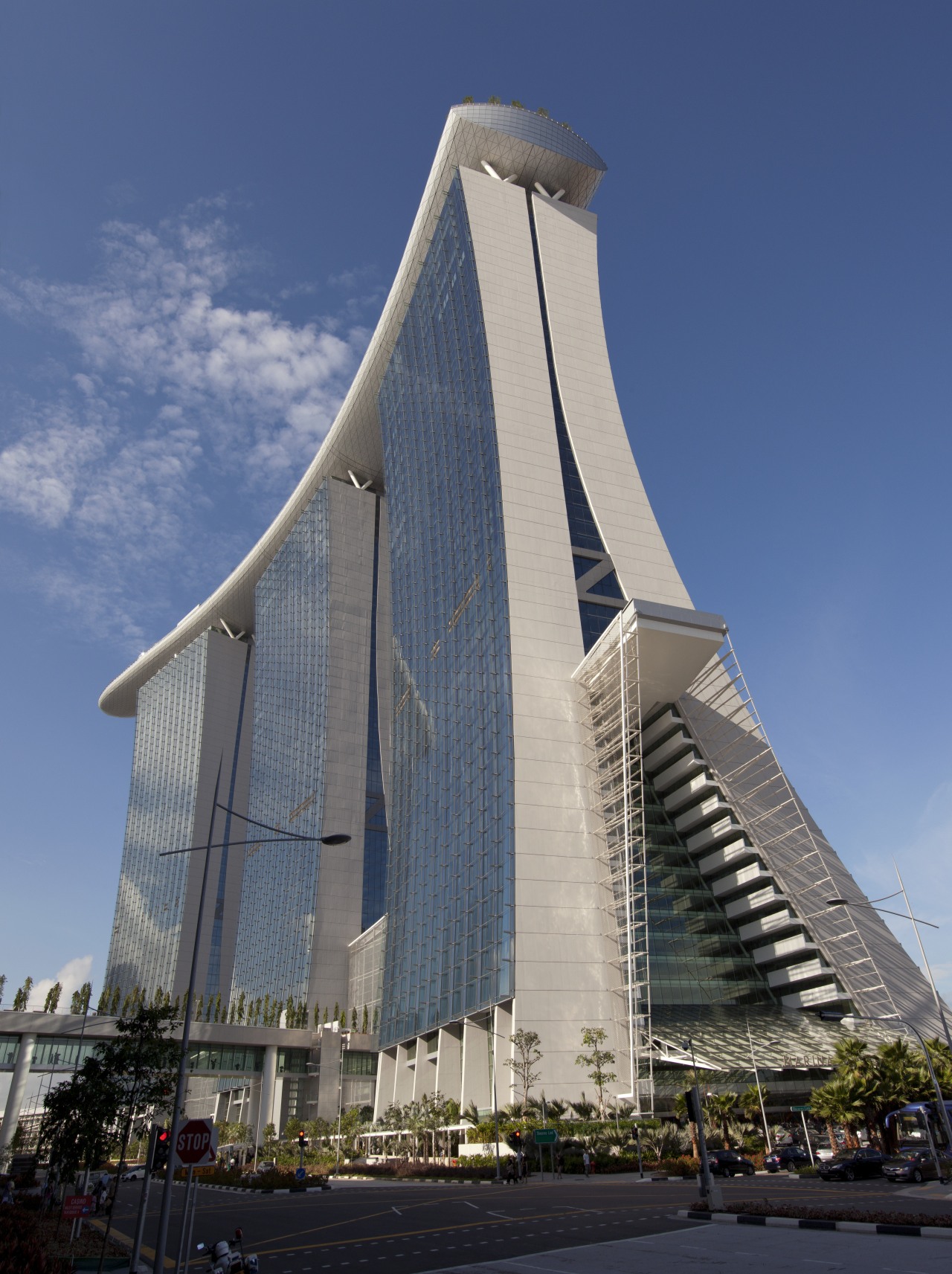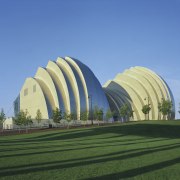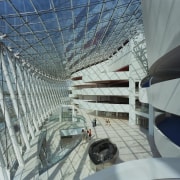Carbon nanotube-enriched concrete can be future of construction industry, says Greg Solomon of Eden Energy
Carbon nanotube-enriched concrete applications and benefits, as reported by Eden Energy executive chairman Greg Solomon

Imagine a modern high-rise building with no steel. Sound implausible? Not any longer, thanks to carbon nanotube technology (CNT). While cost is still a major factor, the technology now exists to develop very high strength, ultra-low permeability concrete that requires little or possibly no steel reinforcing.
Eden Energy, an Australian listed company, has worked with Monash University to develop a suitable CNT-enriched liquid mixture that Eden will manufacture, which can be added to concrete to make it tougher and stronger. Eden will commence its first US commercial trial of CNT-enriched concrete during late 2014, and start Australian trials in 2015 with a major global concrete company to test a range of applications.
Some anticipated benefits of CNT-enriched concrete include tougher, more abrasion-resistant concrete for roading, bridges, airport runways, warehouse floors, car parks and other heavy usage areas. It would be especially suited to areas where the concrete surface is exposed to abrasive cleaning, such as the use of snow ploughs, which produces excessive wear and high maintenance costs. Because these applications generally do not require much, if any, flexural strength, this is likely to be the initial market for the new concrete. It will require testing only of the compressive strength, and it is hoped that a commercial product could be available late in 2015 or early in 2016 when the initial trials are completed.High-rise applications
Stronger concrete suitable for high-rise buildings that requires less concrete and steel reinforcing (or perhaps even none) could produce lighter, stronger structures with smaller footings, thinner slabs and narrower columns.
Significantly denser, far less permeable concrete, due to the increased density of the cement gel, would greatly reduce the gradual absorption of saline water, making it highly suited to a wide range of harsh marine and coastal applications, especially if steel reinforcing is not required. The stronger, lighter and less permeable concrete would also be well suited for use in dam walls and spillways, and water and sewer pipes for large-scale infrastructure projects.
An overall shorter building time and lower costs as a result of less cement, concrete and possibly steel are further benefits.
Greater design flexibility
Due to the thinner, lighter slabs and columns required, CNT-enriched concrete offers considerable design flexibility. This benefit will become particularly significant if the need for steel can be eliminated entirely. This would open the way for far greater design flexibility and new building techniques, such as 3-D printing of high-strength, lightweight concrete structures that couldrevolutionise structural design.
Greatly reduced carbon footprint
Concrete is the most widely used man-made product in the world. Approximately a tonne of concrete is produced every year for every person on Earth the US uses in excess of 700 million tonnes annually. However, cement production accounts for an estimated 5% of annual anthropogenic greenhouse gas emissions (GHG). By reducing the amount of cement and concrete required for any given structure, this could significantly reduce the overall GHG footprint of the cement industry.
The development follows more than 20 years of research into carbon nanotubes, and the possible applications that might benefit from such technology. Eden has already developed with the University of Queensland (UQ) a low-cost pyrolysis technology to produce CNT and hydrogen from natural gas. Eden acquired the technology from UQ and Eden's US subsidiary, and scaled up the process to a commercial scale.
Monash University was able to increase the compressive strength of cement paste by up to 30% by adding only one half of a percent of CNT to cement. Eden, in US trials, achieved a similar increase, plus an increase in flexural strength of nearly 14%. Analysis by Monash showed that CNT created nucleation points for cement hydration, producing denser, stronger cement with the CNT firmly bonded into the hardened cement paste.
Eden's research with Monash is ongoing. The company believes CNT-enriched concrete has enormous potential, and it will be very interesting to watch its emergence over the coming years when creative designers, architects, and engineers have a chance to explore and exploit its full potential.
Story by: Trendsideas
Home kitchen bathroom commercial design
Diving into nature
Personality plus
Classic looks, contemporary efficiency
Commercial Design Trends Vol. 31/3
Commercial Design Trends is aimed at our professional readers, and showcases commercial buildings. The book features reg...
Read More














